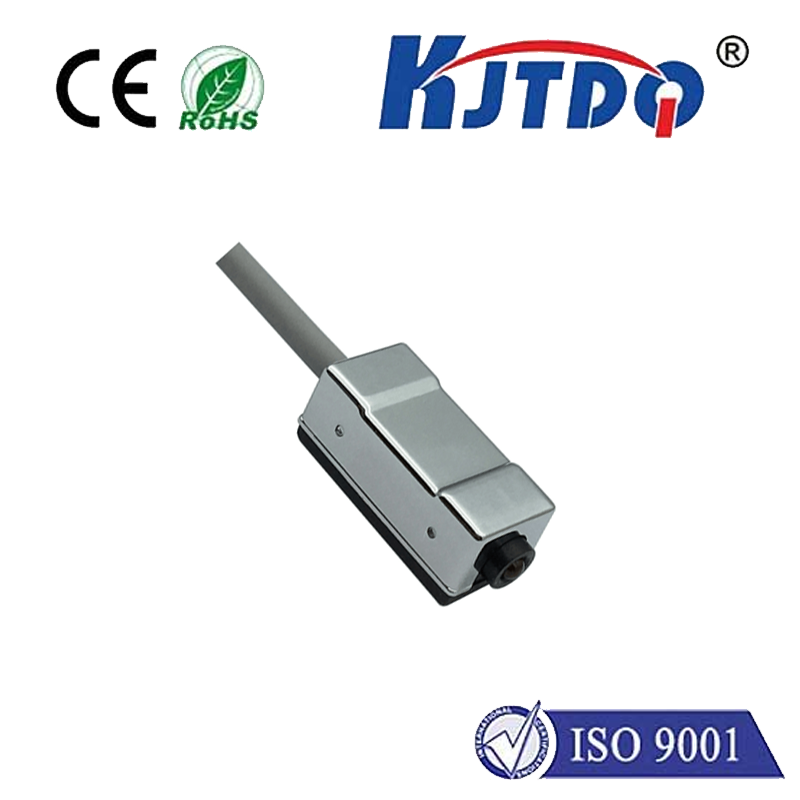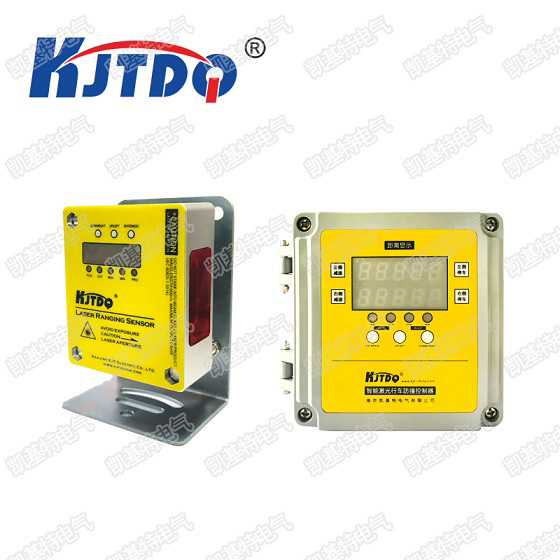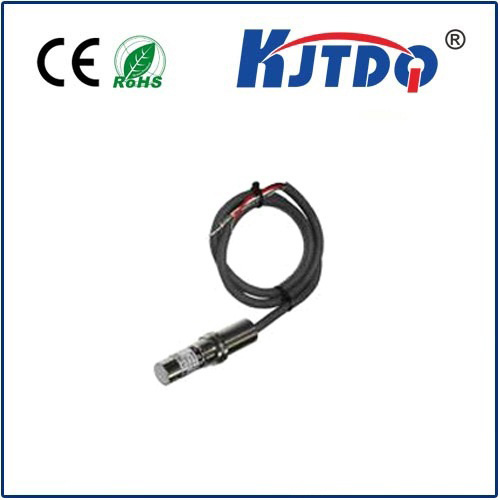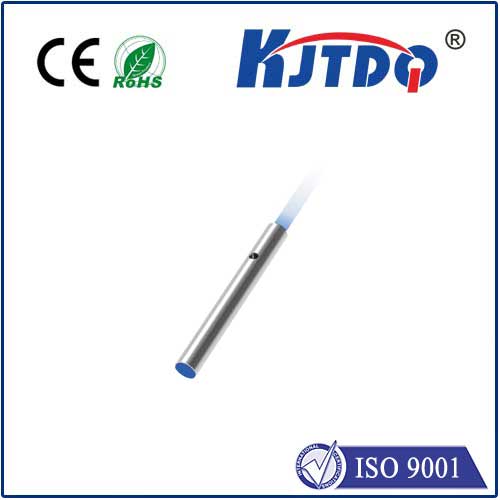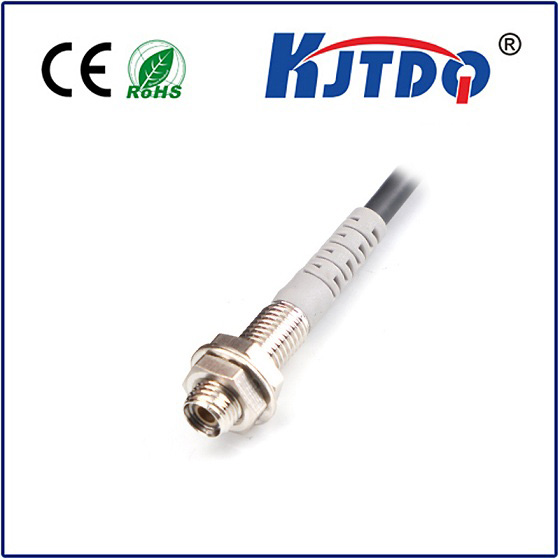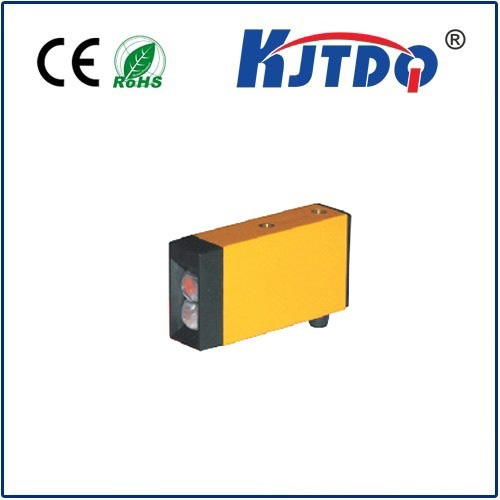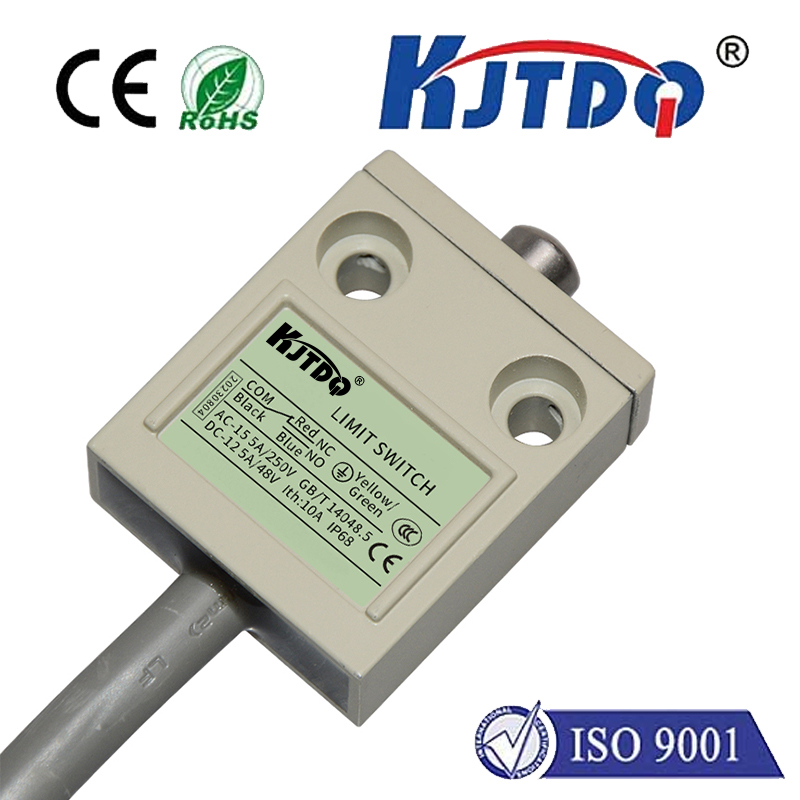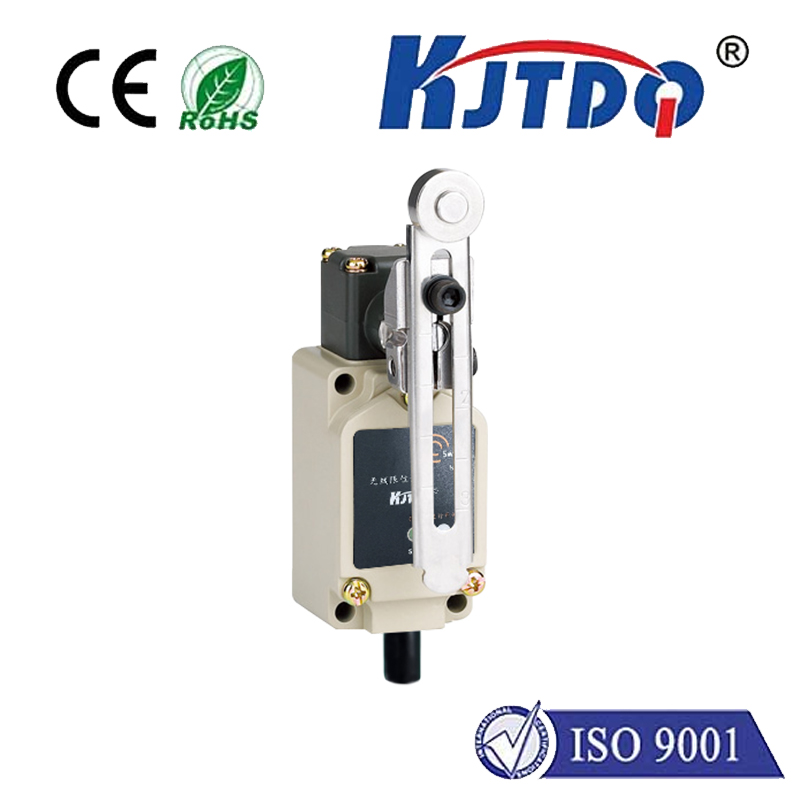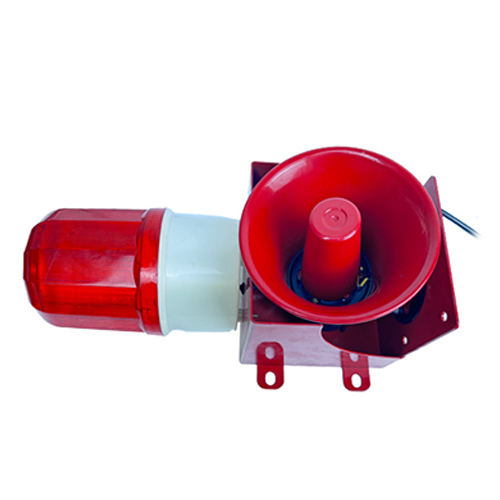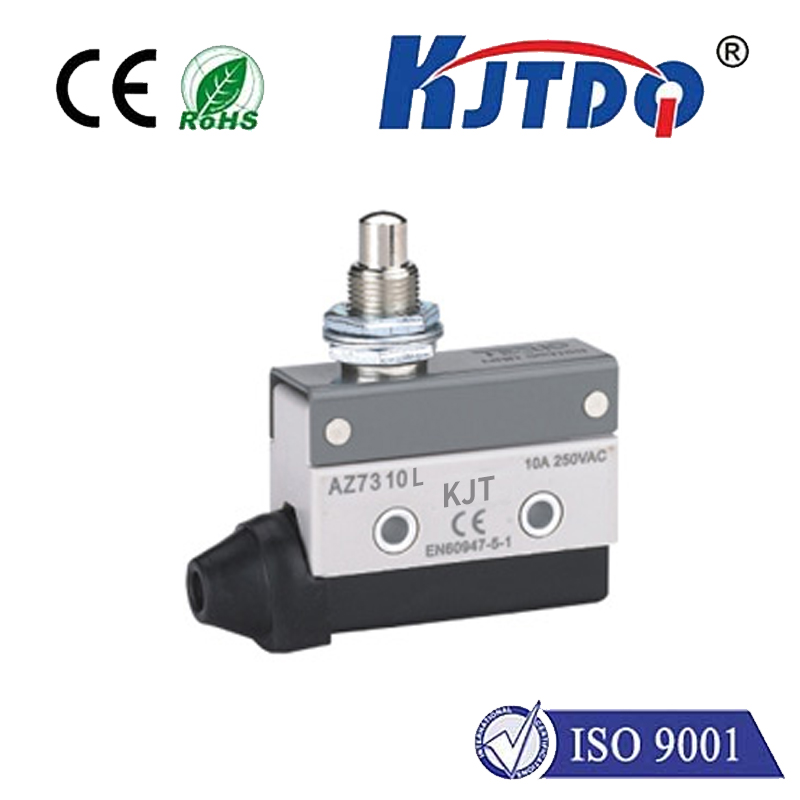BES02FZ proximity sensor
- time:2025-10-16 08:44:30
- Click:0
BES02FZ Proximity Sensor: Precision Metal Detection for Demanding Industrial Automation
Imagine the intricate dance of a modern assembly line – robotic arms whirring, components slotting into place, conveyors moving seamlessly. Now, picture the chaos if those machines couldn’t reliably “sense” the presence, absence, or position of critical metal objects. This is where unsung heroes like the BES02FZ proximity sensor step into the spotlight. More than just a component, it’s a fundamental enabler of precision, safety, and efficiency in countless industrial processes, silently ensuring operations run smoothly without physical contact. Understanding its capabilities is crucial for optimizing automation where reliable metal detection is paramount.
The Inductive Advantage: How the BES02FZ “Sees” Metal
The BES02FZ belongs to the category of inductive proximity sensors. Its core operating principle is elegantly simple yet highly effective. Inside its robust housing lies a coil energized by an alternating current. This generates a high-frequency electromagnetic field around the sensor’s face. When a metallic target enters this active field, eddy currents are induced within the metal. These currents draw energy from the sensor’s coil, causing a detectable change in the oscillation amplitude. The sensor’s internal circuitry smartly interprets this change and triggers an electronic output signal – signaling the target’s presence without a single physical touch. This contactless detection is the key to minimizing wear, enabling high-speed operation, and enhancing reliability.
Engineered for the Real World: Key Features of the BES02FZ

While the inductive principle is common, it’s the specific engineering of the BES02FZ that makes it a standout choice. Here’s what defines its performance:
- Compact Yet Powerful: The BES02FZ typically features a compact cylindrical design (common form factors include M8 or M12 threaded barrels). This small footprint allows for installation in tight spaces, a critical factor in densely packed machinery layouts common in modern factories.
- Exceptional Sensing Range: Relative to its size, the BES02FZ offers a generous nominal sensing distance (Sn). This specification represents the ideal operating distance under standardized conditions for a specific target material, providing vital flexibility for positioning within equipment.
- Optimized for Ferrous Metals: Like most inductive sensors, the BES02FZ achieves its maximum sensing range with ferromagnetic materials like mild steel (Fe360). Its sensitivity to non-ferrous metals (like aluminum, brass, copper) is typically less; understanding this characteristic is vital for correct application and avoiding detection errors. Always consult the datasheet for specific reduction factors.
- Robust Construction & Environmental Resilience: Industrial environments are tough – laden with vibration, dust, coolants, and temperature swings. The BES02FZ is built to withstand these challenges. Key features include:
- High Protection Rating (IP67/IP68/IP69K typical): Ensures reliable operation even when exposed to significant dust ingress or powerful water jets, making it suitable for washdown environments in food & beverage or pharmaceutical applications.
- Chemical Resistance: Often features housings made of nickel-plated brass or stainless steel (V4A/AISI 316L), offering excellent resistance to oils, coolants, and mildly aggressive chemicals. The sensing face is usually crafted from robust PBT plastic, further protecting the internal electronics.
- Temperature Stability: Designed to operate reliably across a wide industrial temperature range (commonly -25°C to +70°C or better), ensuring performance isn’t compromised in foundries or cold storage facilities.
- Electrical Versatility: The BES02FZ series typically offers various output configurations to integrate seamlessly into different control systems, including:
- DC 3-Wire: Commonly available as NPN (sinking) or PNP (sourcing) outputs, compatible with PLCs and other industrial controllers worldwide.
- NO/NC Functionality: Models are available in Normally Open (NO) or Normally Closed (NC) configurations, providing flexibility in control logic design.
- Analog Outputs: Certain variants might offer analog current (e.g., 4-20mA) or voltage outputs for applications requiring distance-proportional signals rather than simple on/off detection.
- Flush Mounting Capability: Many BES02FZ variants can be flush mounted in metal without significant loss of sensing range. This allows for a very clean installation, protecting the sensor from accidental impacts in high-traffic areas or where space is extremely limited.
Where the BES02FZ Proximity Sensor Excels: Application Spotlight
The blend of reliability, compactness, and robustness makes the BES02FZ a go-to solution in numerous scenarios demanding non-contact metal object detection:
- Position Verification: Confirming a metal part has arrived at the correct workstation on a conveyor or within a fixture. Example: Ensuring a cylinder head is in place before machining begins.
- End-of-Travel Detection: Sensing if a pneumatic or hydraulic cylinder has fully extended or retracted. Example: Verifying a clamping mechanism is securely closed.
- Speed Monitoring (Indirect): Counting gear teeth, holes in a rotating disk, or other repeating metal features to calculate RPM or linear speed. Example: Monitoring conveyor belt speed or motor shaft rotation.
- Presence/Absence Control: Detecting whether a metal component is present on a pallet, within a bin, or at a pick-and-place location. Example: Preventing a robot from attempting to grip a non-existent part.
- Level Sensing (Bulk Solids): Detecting the presence of metal within chutes or hoppers (often requires specific mounting and target consideration).
- Machine Safety: Contributing to safety circuits, like confirming a metal guard door is securely closed before machine operation can commence.
- Automotive Production Lines: Ubiquitous in engine assembly, chassis construction, and welding stations for part positioning and process verification.
- Packaging Machinery: Detecting metal components within machines, verifying fill levels in metal containers, or confirming capping operations.
Critical Advantages Driving Selection
Choosing the right sensor impacts uptime and productivity. The BES02FZ proximity sensor consistently delivers tangible benefits:
- Zero Wear, Long Service Life: Contactless operation is the ultimate solution for eliminating mechanical wear, leading to extended sensor longevity and reduced maintenance costs compared to mechanical limit switches.
- High Switching Frequency & Speed: Capable of detecting targets moving at high velocities, making them ideal for fast-paced production lines where milliseconds matter.
- Reliable in Harsh Conditions: Its IP-rated sealing and chemical-resistant construction ensure dependable performance even in dirty, wet, or oily environments where optical sensors might fail. This environmental resilience is a hallmark of the BES02FZ.
- Insensitive to Surface Conditions: Unlike optical sensors affected by dirt, color, or reflectivity, inductive sensors like the BES02FZ reliably detect metal targets regardless of surface dirt, dust, oil film, or paint (assuming the paint layer isn’t excessively thick over ferrous metal). This robust detection capability minimizes false triggers.
- Simple Installation and Setup: The threaded barrel design allows for straightforward mounting and precise adjustment of the sensing distance. Wiring is typically straightforward with color-coded cables or connector options.
Implementing with Confidence: Key Considerations
To maximize the performance of your BES02FZ proximity sensor, keep these points in mind:
- Target Material and Size: The sensor’s effective range depends heavily on the type of metal (ferrous vs. non-ferrous) and the size/shape of the target. Ensure the target is large enough to reliably trigger the sensor at the required operating distance. Always factor in the reduction factor (Ku) for non-ferrous metals.
- Sensing Distance Margin: Never operate the sensor at its absolute maximum rated distance. Maintain a comfortable safety margin (typically 70-80% of nominal sensing distance) to account for installation tolerances, temperature variations, voltage fluctuations, and target inconsistencies. This ensures reliable switching under all expected conditions.
- Mounting Position and Environment: Be mindful of surrounding metal structures. While flush mounting






